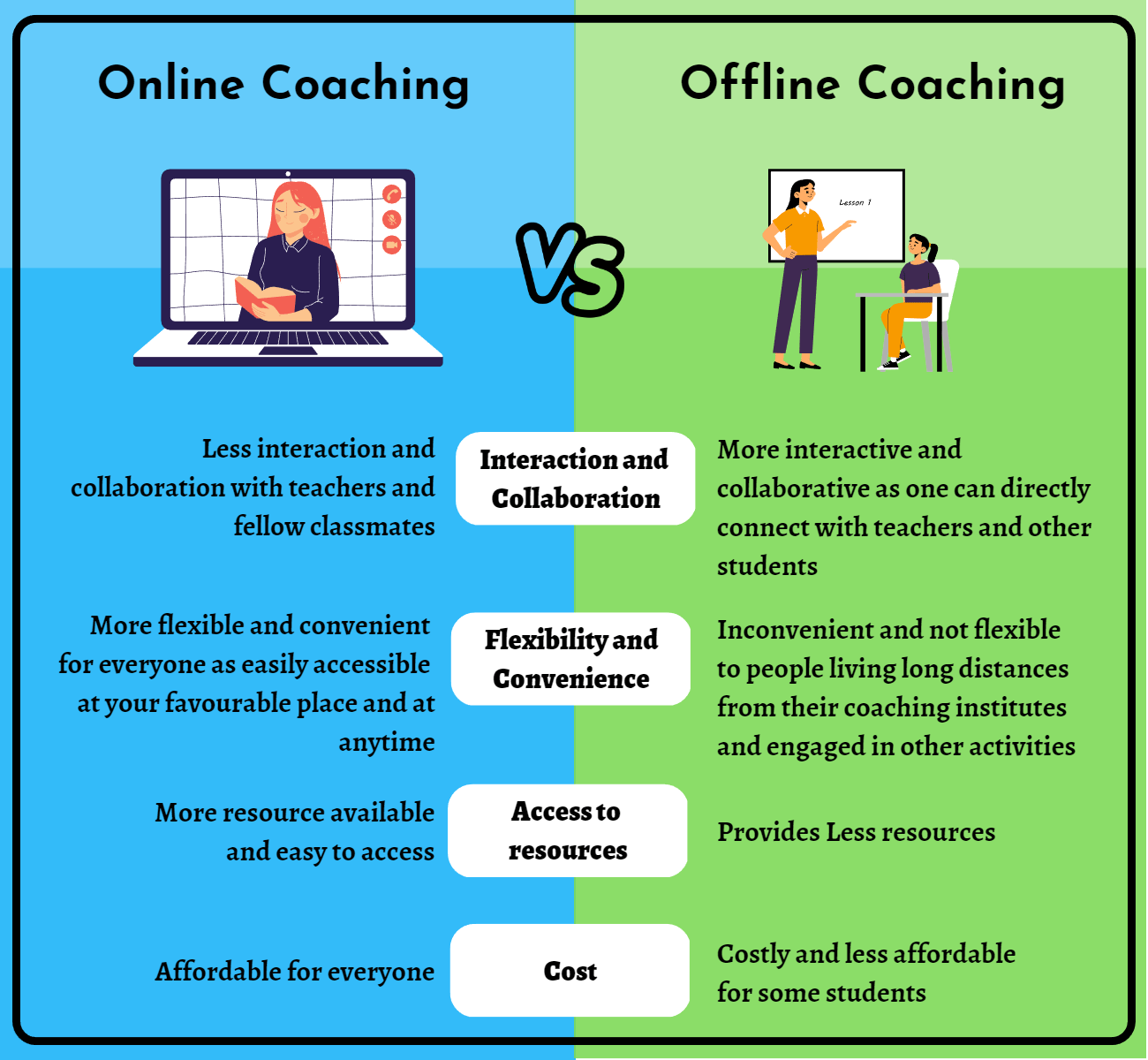As technology advances and improves, more people are turning to online learning as a convenient and accessible way to acquire new skills. Coding is no exception, and countless online coding classes are now available for learners of all levels. However, some still prefer the traditional in-person classroom experience. It is essential to explore the differences between in-person and online coding classes to decide which format would work best for you.
Interaction and Collaboration
Online coding classes are typically held on a virtual platform, with a teacher or instructor leading the class remotely. They often rely on discussion forums and video conferencing tools to facilitate communication and collaboration. While these methods can be effective, they may not offer the same level of engagement as in-person classes.
Flexibility and Convenience
Online coding classes offer a level of flexibility and convenience that is not possible with in-person classes. Online classes can be accessed from anywhere with an internet connection, and learners can access course materials and complete assignments on their schedule. This flexibility is particularly beneficial for learners with busy schedules or living in different time zones. However, technical issues, such as internet connectivity problems, can affect online classes, which can disrupt the learning experience.
It is important to note that online classes require significant self-discipline and motivation, as learners are responsible for managing their own time and staying on track with coursework. On the other hand, in-person classes typically have a set schedule, which can be difficult if you have other commitments or a busy schedule. Also, depending on the location of the class, you may need to travel to attend in-person classes, which can be time-consuming and expensive.
Access to Resources
In-person classes often provide learners access to various resources, including textbooks, software, and hardware. However, online classes often provide even greater access to resources, as learners can access online tutorials, discussion forums, and other educational materials. Additionally, online classes often use cloud-based development environments that allow learners to practice coding exercises without installing software on their computers.
Cost
Cost is another important consideration when choosing between in-person and online coding classes. In-person classes often require learners to pay for tuition, textbooks, other materials, and transportation costs to and from the classroom.
Online classes, on the other hand, often have lower tuition fees and do not require learners to pay for transportation or accommodation costs. Thus, online classes can be more affordable than in-person classes, as there are typically fewer overhead costs associated with running an online class. However, it’s essential to carefully evaluate the quality of online classes and ensure that they are accredited and recognized by employers in your field.
Conclusion

In-person and online coding classes each have their advantages and disadvantages. In-person classes offer more opportunities for interaction and collaboration, while online classes offer greater flexibility and access to resources. Ultimately, the best choice depends on your needs, learning style, personal preferences, and schedule. The most important consideration is to choose a learning environment that allows you to thrive and achieve your coding goals.
CodeMode recommends in-person classes wherever possible, and CodeMode offers both in-person and instructor-led online classes. If a student cannot attend in person, they can join the same class remotely. A self-paced learning model is also available. Irrespective of your chosen mode, you will always get timely help and enjoy practice-based learning.







